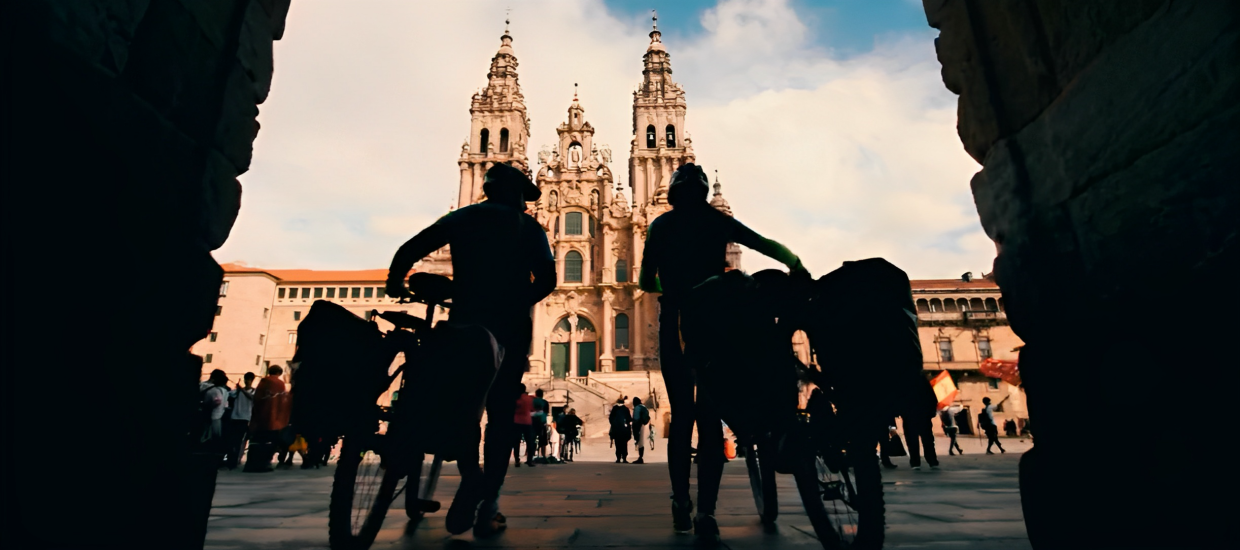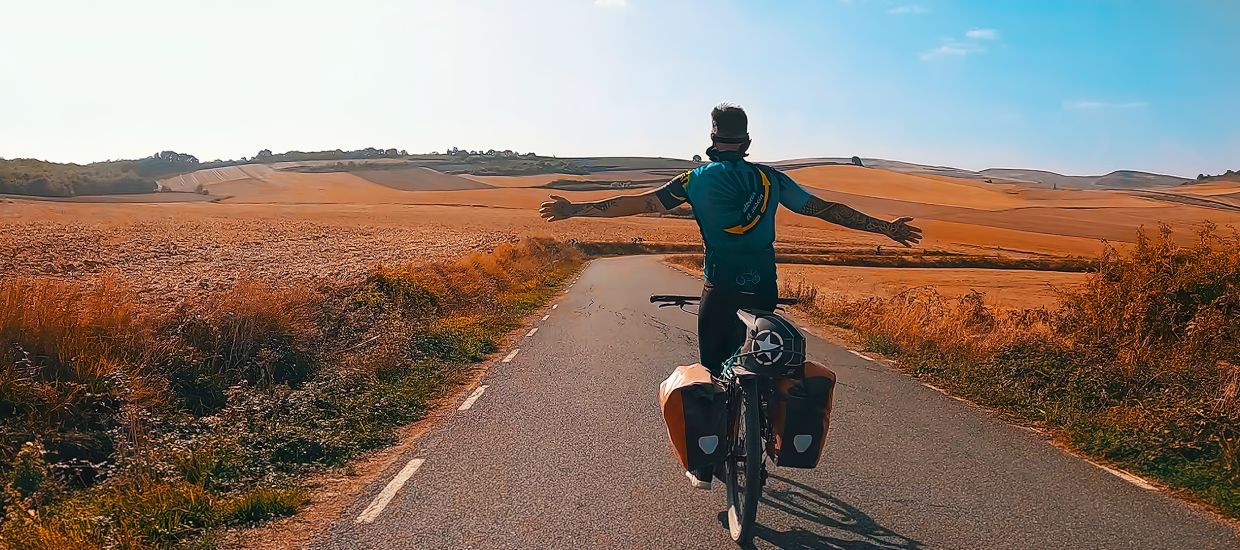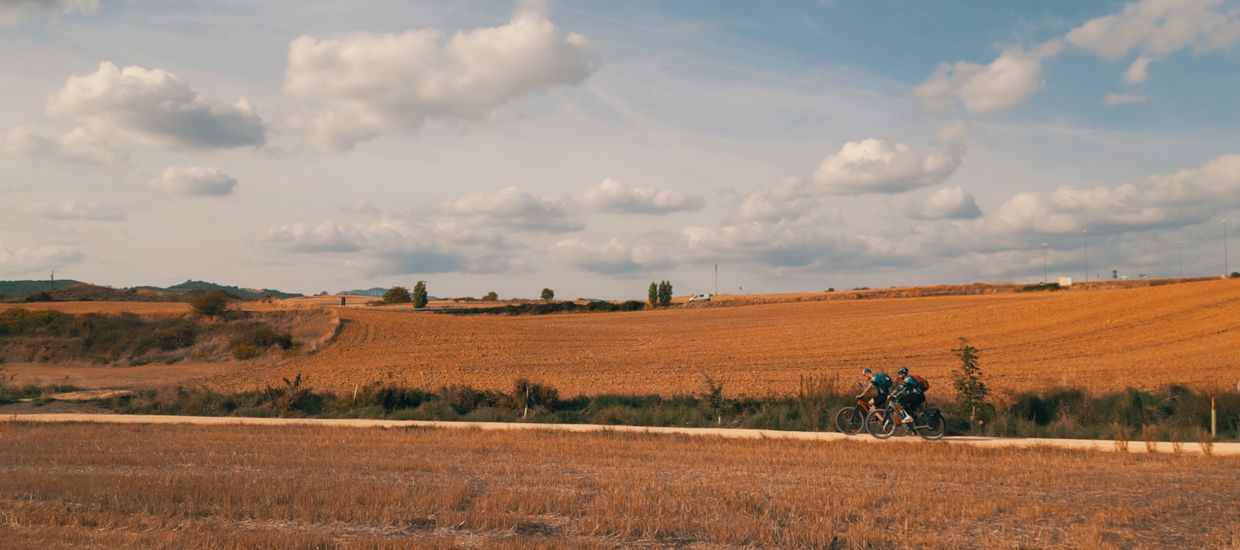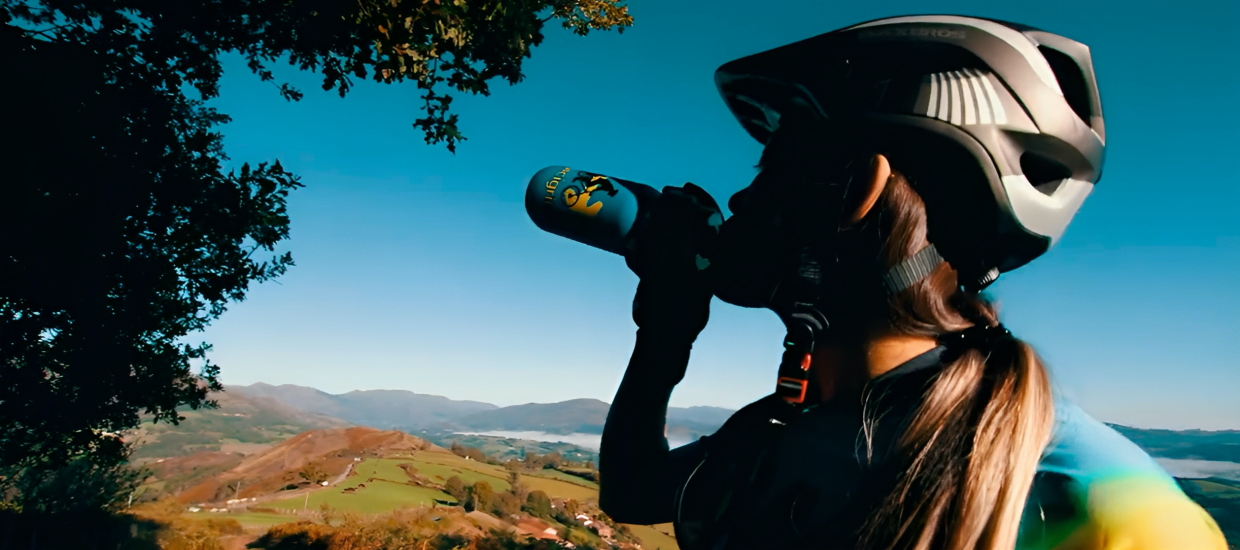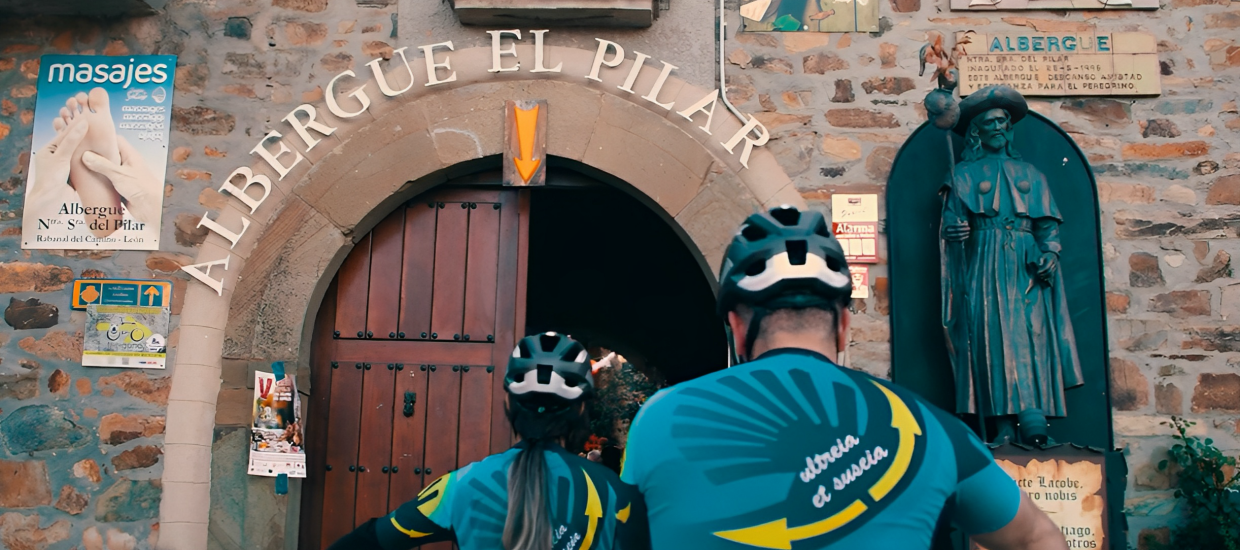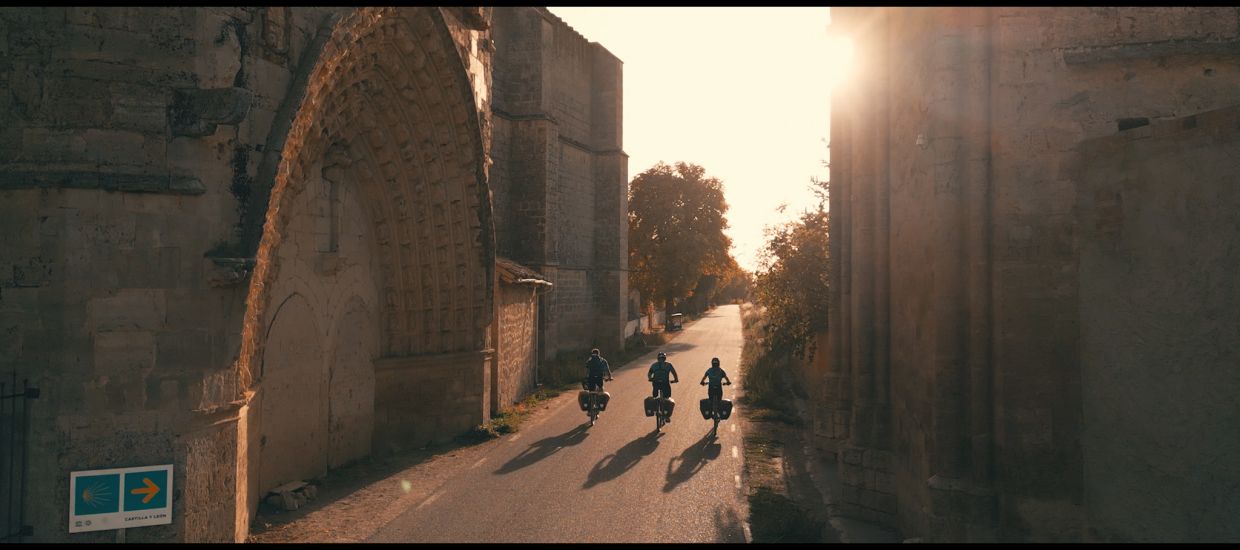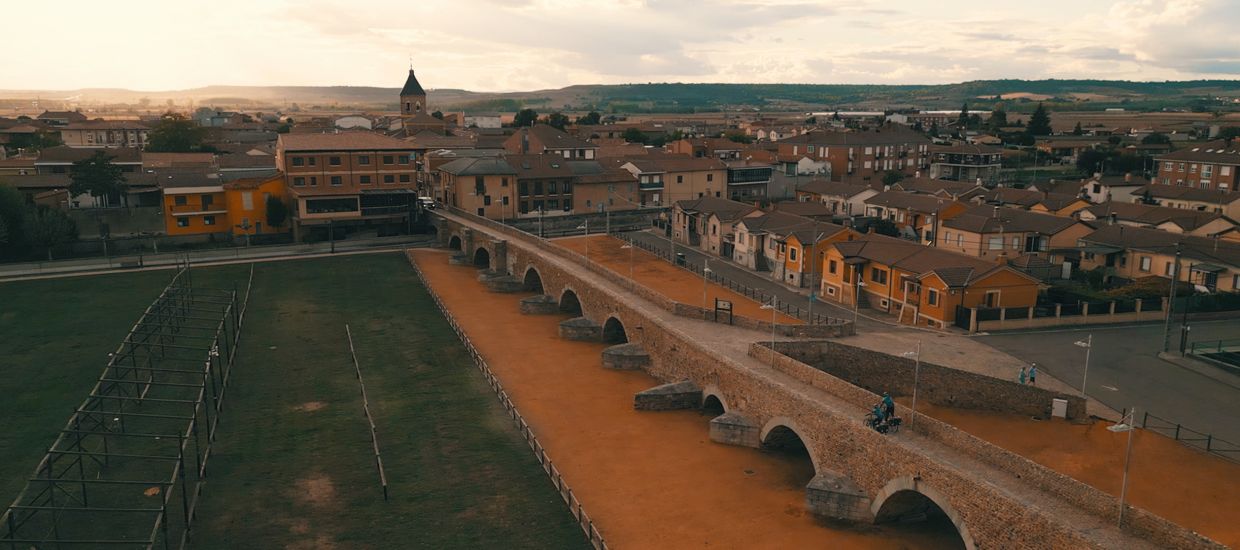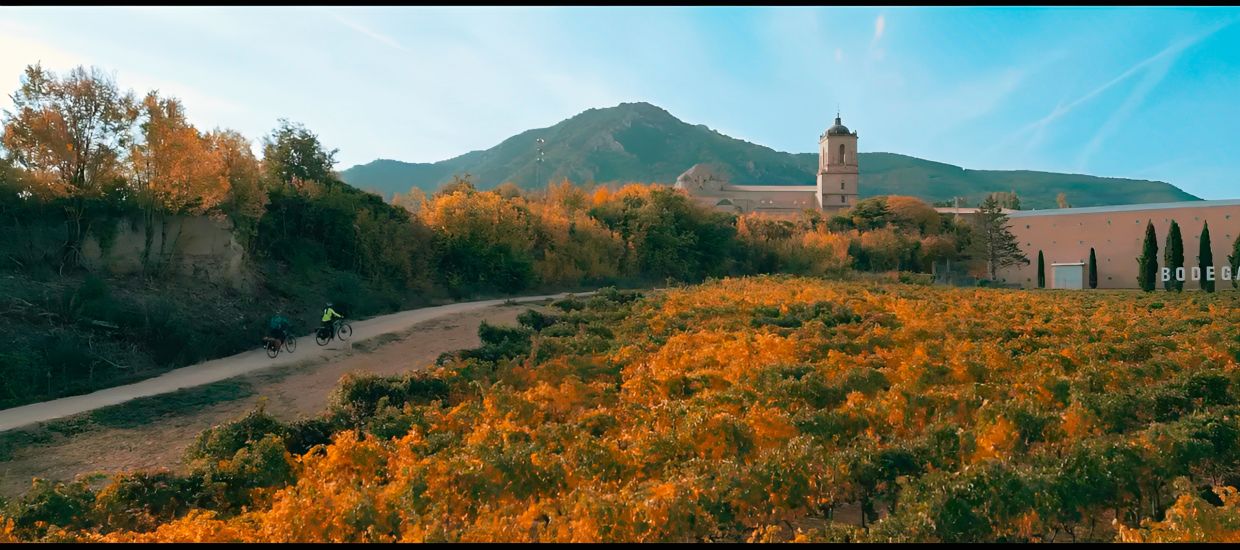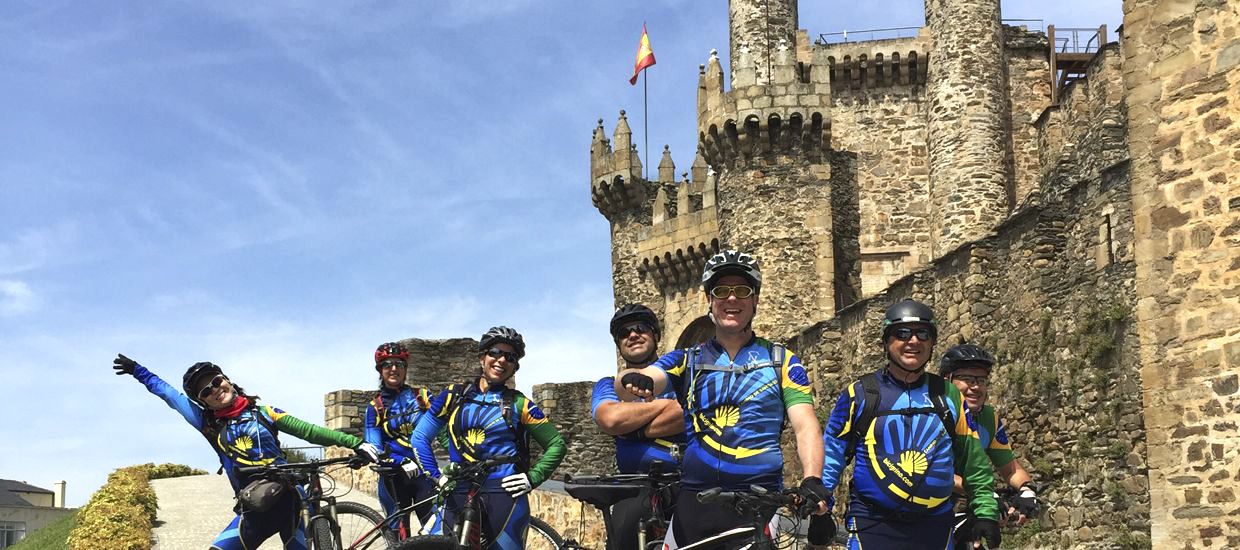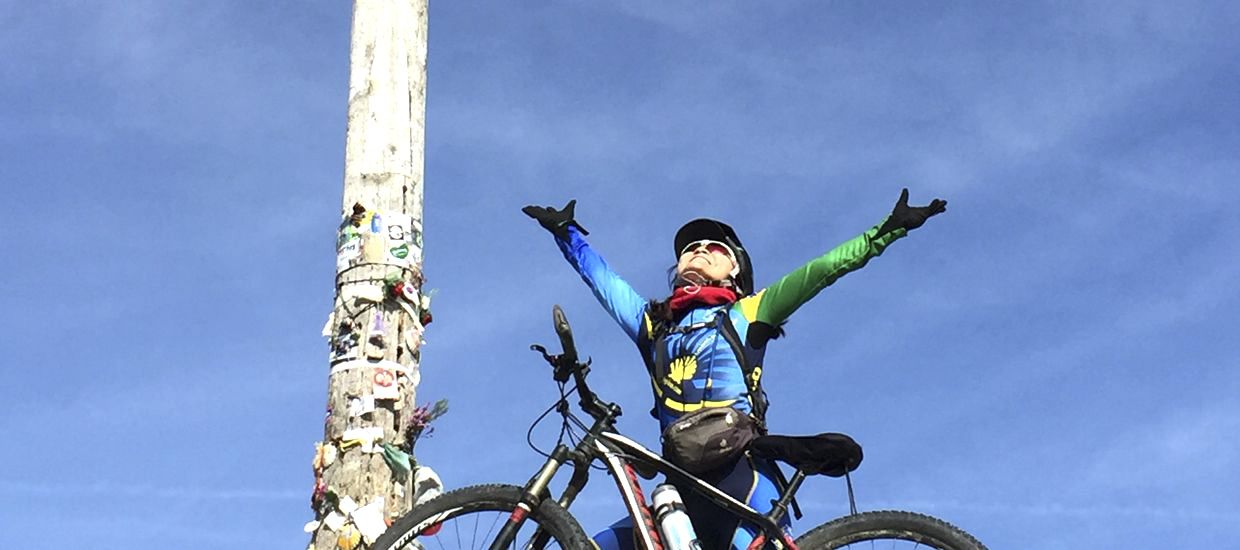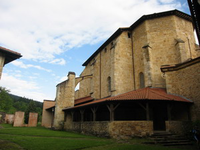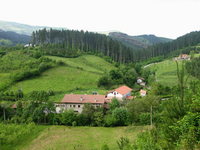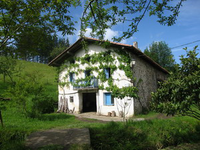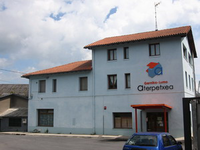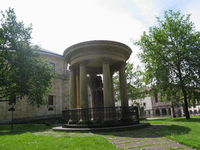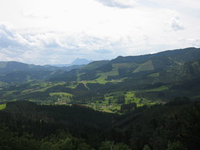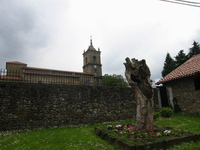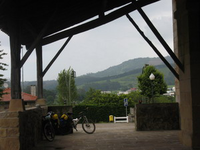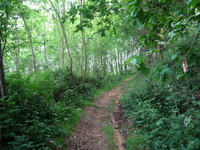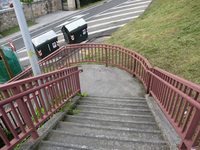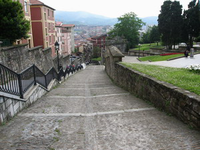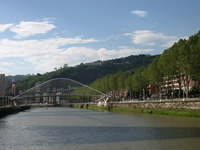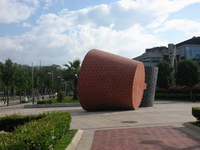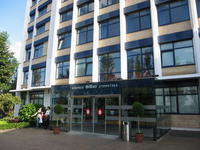Stage 3, Zenarruza – Bilbao
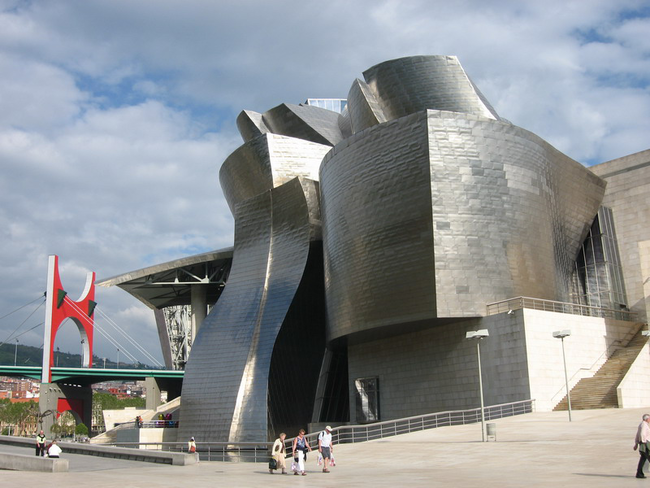
ZENARRUZA – BILBAO
Height, minimum: 0 m, maximum: 356 m
Accumulated height difference, in ascent: 1.512 m, in descent: 1.728 m
Stage kilometers: 65,99
Stage time: 5,59,24 H.
Average speed: 11,01
Maximum speed: 51,72
Total kilometers: 205
Total time: 19,08 hours
Just behind the monastery starts a sloping road that in case of rain can be very muddy, in this case it is advisable to descend to Bolivar by road and ascending through the road to go up the mountain pass. If the monastery of Zenarruza is not the end of the stage and it is raining we have to consider the option of visiting the monastery or not, as its visit will force us to climb for a few miles and then go back from where we came to find the security of the road to be able to climb to the mountain pass. I personally think it is worth visiting the monastery and I also think that it is a great place to spend the night.
So if we are lucky, we ascend through the path to the top of Gontzegarai and from there we continue by road to Munitibar. At a crossroads in Gerrikaiz we continue heading to Gernika, passing through the town of Arbacegi.
After crossing a bridge over Lea river we take a local road to climb to a small high ground and always on the same path without deviating we reach the hermitage of Santiago. From the hermitage we go through a gentle descent that brings us back to the road of Gernika and after continuing through this road for about 2 kms we take a path on the left towards Mendata, then we find a crossroads again and go in direction to Gernika passing through Ajangiz, we keep going in the same direction and enter in Gernika, where we can find a good hostel for pilgrims.
Aterpetxea hostel
Carretera Kortezubi, 9
Gernika
+34 685 752 286
We cross the beautiful town of Gernika and continue towards Bilbao through the road until the intersection of Morga, where we turn right and take an asphalted track that in gentle climb leads us to high Gerekiz, where we can see the hermitage of San Esteban, from there we continue through the track on the left towards Eskerika.
After several kilometers along this track we reach Santa Maria de Morga, where we take another dirt road which, always rising and through lush and beautiful forests, takes us to an asphalt runway that we take to the left continuing our ascension, to get to a main road that we will take to the left and go through a steep and funny descent to reach Larrabezúa, from there we continue for a while on the same road to get to Larrabetzu.
Now we are in the valley and our journey runs by road towards Santa Maria de Lezama, where in summer there is a temporary hostel fitted out at the sports center. We go by road to the town of Zamudio (caution, the arrows are set for those on foot, ie at the left side of the road) where we turn to the left not only to take the road that will lead us to Mount Avril, but to admire the Church of Santa Maria and the Tower of Malpica.
We keep climbing until passing over the highway, where we turn right already on cemented track and after a short descent, we start climbing up to take a dirt road known as “Izarza Bidea” (the Way of the Zamudian) which was an old path used by the inhabitants of Zamudio and its surroundings to get to Bilbao, where they traded with farm products. The path, which gives us a nice view of the valley behind us, goes now in steep and runs through a beautiful and closed wooded area closed that will surely make us greatly enjoy the climb on the bike or pushing, alternating with some paved stretches.
At the end of a paved steep climb, we come to a road, which we take to the left to leave it after a few meters and turn right to a dirt track (mud during the rainy season) by which we get to mount Avril, from where we have stunning views of Bilbao. We descend by a gravel track to a playground, where we can get our strength back in its picnic tables. We leave the car park of the picnic and go through an asphalted track on the left, and continue the descent to Bilbao, passing over one of the entrances to Bilbao (be cautious, we ride wrong way), then we go down some stairs after which we enter in the first houses of Bilbao. We get into the neighborhood of Begoña, where we can visit the imposing basilica of the same name.
From here the descent can be a bit difficult at first and if we ask people will tell us that there are stairs (over 100) or urban elevators to go down. The most practical and up to a point funny is to go down a sort of paved canal or ramp that is next to the stairs (on the right), if we go through this ramp we will be in the blink of an eye in Plaza de Unamuno, in the Old Part of Bilbao, where we find the Cathedral of Santiago. The exit of the Old Part should not be a problem as almost every street will lead us to the shores of the ria of Bilbao, which will guide us, as simply runing along it we will get us to the Guggenheim museum.
We must not worry because going along both sides of the ria will get us to this museum. On the right side, from City Hall, there is a bide-gorri (bicycle lane) that takes us for a ride, watching Pasarela Zubizuri, the modern museum of Guggenheim (from the front), and also the University and the drawbridge Deusto, up to the bridge of Euskalduna, which we cross to return upstream through a nice promenade that gets us to the gates of Guggenheim. In this section there are also bike lanes, but they are indicated with circular plates stamped with bikes that are barely visible and do not prevent the many walkers who use it to interfere in our way (we will need prudence and patience).
After visiting the exterior of the museum, it is recommended if we have time to take a walk through the streets next to Gran Via. To go to the hostel from the museum we follow the tram tracks towards the bridge Euskalduna again, and after passing through it, the rails lead us to Plaza del Sagrado Corazón and to the outskirts of San Mames stadium (Athletic de Bilbao field), also known as the Cathedral, to finally reach the neighborhood of Basurto.
We take as orientation reference the bus station and the Hospital of Basurto, where the rails of the urbam tram end and practically from there we take the road to Castrejana, which after ascending for a while makes us cross the highway A-8 through a bridge and soon (in rise too) we arrive at the municipal hostel of Bilbao, which is a modern style building, blue, multistorey and located in a mountain pass, overlooking the city of Bilbao.
Road Basurto-Kastrexana, 70 48002 BILBAO
Phone: +34 944 270 054
Fax: 427 54 79
aterpe@albergue.bilbao.net
http://albergue.bilbao.net/
